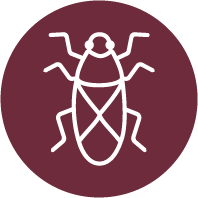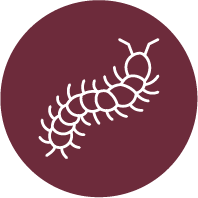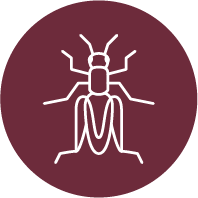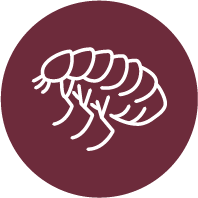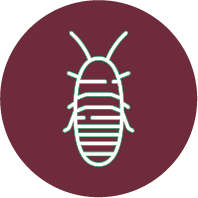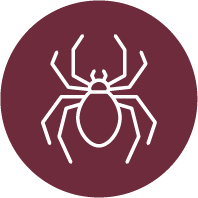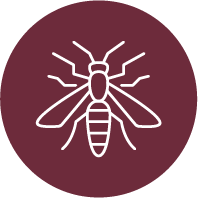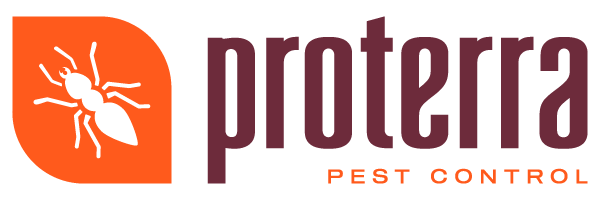Back-to-School Pests to Watch Out For
School is back in session. Don’t be fooled by the cooler weather that comes with this time of year, though. There are still pests you’ll need to watch out for. In fact, kids going back to school means that there are a few pests in particular that you should be extra vigilant in watching out for.
Bed Bugs
Did you think that bed bugs were only something you had to worry about when you were staying at a hotel? If so, think again. Bed bugs are excellent hitchhikers, and they aren’t picky about where they stay. If they get to school via a classmate’s clothes or backpack, there’s very little stopping them from hitching a ride back to your home in your child’s backpack or clothes. While bed bugs don’t transmit disease, they can cause a lot of itching and stress. Carefully inspect clothing, skin, and belongings for bed bugs if you hear about them being present at school.
Ants
For many families, heading back to school means packing lunches and snacks for kids to take with them. Food and crumbs left in lunchboxes, pockets, and backpacks can easily attract ants to your home. Help your kids thoroughly clean out their backpacks and lunchboxes. Encourage them to clean up spills right away. That will reduce the risk of attracting ants to your home. Don’t forget to keep an eye out for ants scurrying around backpacks and school supplies so you can catch an ant problem before it gets too bad.
Ticks
Ticks aren’t a summer-only pest–they’re active in the fall too. With kids walking to and from school, or even just playing outside during lunch or recess, it’s still very possible for them to pick up a tick during the day. Talk to your child about how they spend their time during lunch and recess so you know if they’ve been playing in brushy areas or places with tall grass that are common tick habitats. Check their skin thoroughly as well, paying attention to areas like the hair, belly button, armpits, ears, fingers, toes, and groin. Proper and prompt removal is crucial to reducing the risk of a tick-borne illness.
If keeping an eye out for pests in your home and backyard wasn’t enough stress, kids going back to school means one more way they can catch a ride into your home. Try not to stress too much about it, though. You can always count on Proterra Pest Control to help you manage those pesky back-to-school pests.
Do you need pest control services? Proterra Pest Control has you covered! Click here to contact us today!
